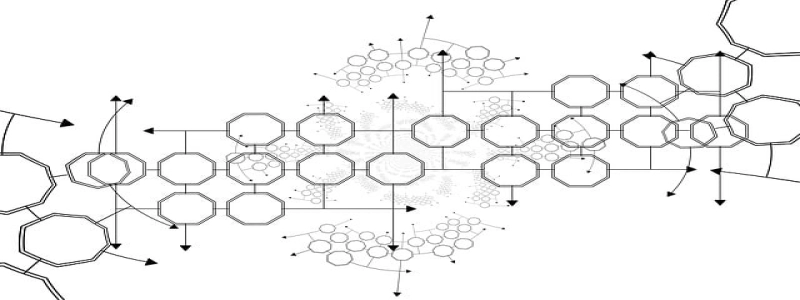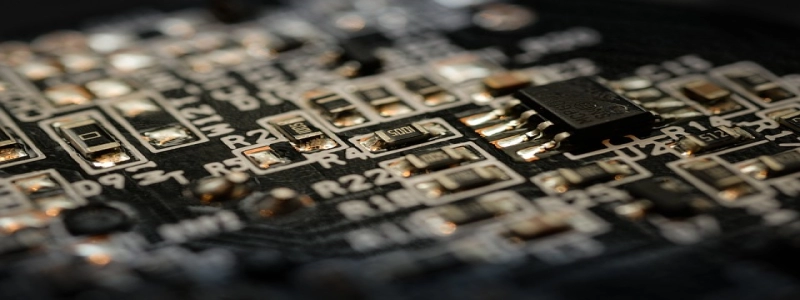je. Introduction
II. Background Information
UN. Longueur d'onde
1. Définition
2. Measurement
B. Frequency
1. Définition
2. Measurement
C. Photon Energy
1. Définition
2. Calculation
III. Interconverting Wavelength, Frequency, and Photon Energy
UN. Wavelength to Frequency
1. Formula
2. Example Calculation
B. Frequency to Wavelength
1. Formula
2. Example Calculation
C. Wavelength and Frequency to Photon Energy
1. Formula
2. Example Calculation
D. Photon Energy to Wavelength and Frequency
1. Formula
2. Example Calculation
IV. Conclusion
je. Introduction
The interconversion between wavelength, frequency, and photon energy is crucial in understanding the behavior of electromagnetic radiation. This article aims to provide a detailed explanation of how to interconvert these three parameters.
II. Background Information
UN. Longueur d'onde
1. Définition: Wavelength refers to the distance between two consecutive crests or troughs of a wave.
2. Measurement: Wavelength can be measured using various techniques such as interference, diffraction, or by using specialized equipment like spectrometers.
B. Frequency
1. Définition: Frequency represents the number of complete oscillations of a wave that occur in a second.
2. Measurement: Frequency can be determined by counting the number of wave oscillations within a specific time period.
C. Photon Energy
1. Définition: Photon energy refers to the energy carried by an individual photon, which is a single particle of light.
2. Calculation: The energy of a photon can be calculated using the equation E = hf, where E represents the energy, h is Planck’s constant (6.63 × 10^-34 Js), and f is the frequency of the photon.
III. Interconverting Wavelength, Frequency, and Photon Energy
UN. Wavelength to Frequency
1. Formula: The relationship between wavelength (λ) and frequency (f) is given by the equation f = c/λ, where c represents the speed of light (3.00 × 10^8 m/s).
2. Example Calculation: If the wavelength of a wave is 500 nm, the frequency can be calculated as follows: f = (3.00 × 10^8 m/s)/(500 × 10^-9 m) = 6.00 × 10^14 Hz.
B. Frequency to Wavelength
1. Formula: The relationship between frequency (f) and wavelength (λ) is represented by the equation λ = c/f.
2. Example Calculation: If the frequency of a wave is 4 × 10^14 Hz, the wavelength can be calculated as follows: λ = (3.00 × 10^8 m/s)/(4 × 10^14 Hz) = 7.50 × 10^-7 m.
C. Wavelength and Frequency to Photon Energy
1. Formula: The photon energy (E) can be calculated using the equation E = hf, where h is Planck’s constant (6.63 × 10^-34 Js) and f represents the frequency.
2. Example Calculation: If the frequency of a photon is 5 × 10^14 Hz, the photon energy can be calculated as follows: E = (6.63 × 10^-34 Js)(5 × 10^14 Hz) = 3.32 × 10^-19 J.
D. Photon Energy to Wavelength and Frequency
1. Formula: The frequency (f) can be determined by dividing the photon energy (E) by Planck’s constant (h), and the wavelength (λ) can be calculated using the equation λ = c/f.
2. Example Calculation: If the photon energy is 9 × 10^-20 J, the frequency and wavelength can be calculated as follows: f = (9 × 10^-20 J)/(6.63 × 10^-34 Js) = 1.36 × 10^14 Hz; λ = (3.00 × 10^8 m/s)/(1.36 × 10^14 Hz) = 2.21 × 10^-6 m.
IV. Conclusion
Understanding the interconversion between wavelength, frequency, and photon energy is essential in the study of electromagnetic radiation. The article has discussed the definitions, measurements, and calculations related to these parameters, providing a comprehensive guide for readers to interconvert wavelength, frequency, and photon energy.








